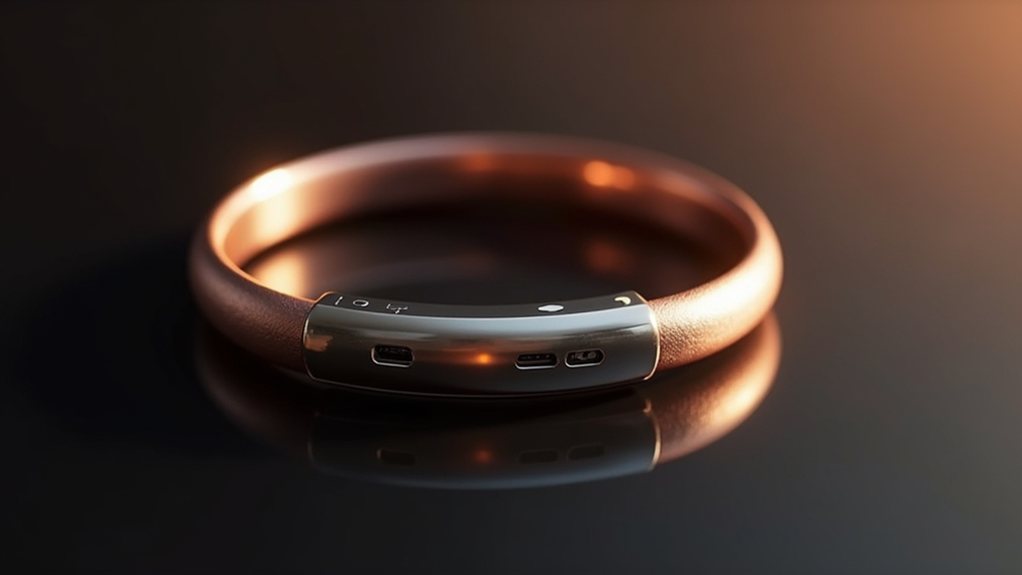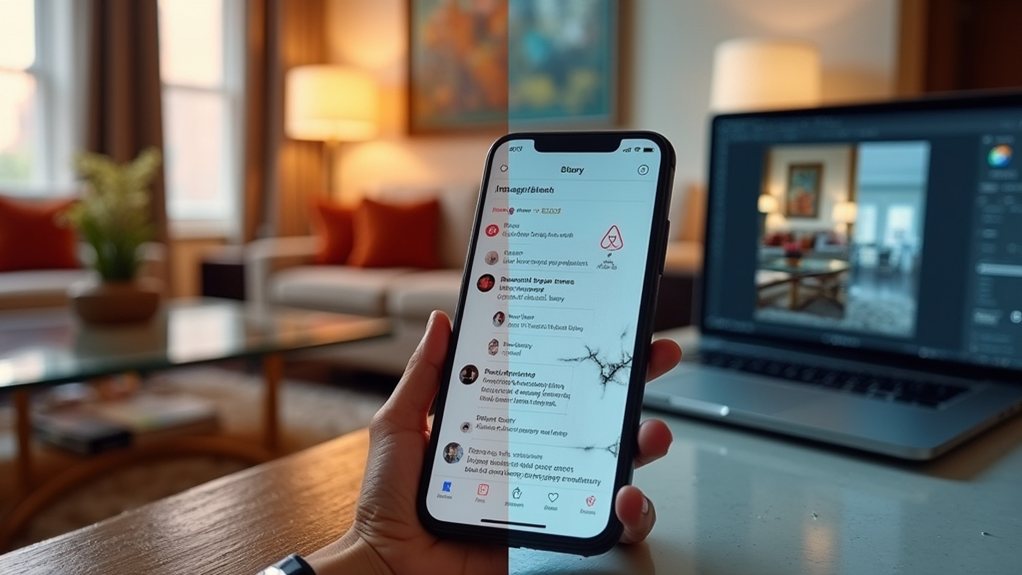Wearable Recorders: Surveillance on Your Wrist
Discretion meets technology in the latest surveillance fashion trend. For about fifty bucks, you can now strap a sleek bracelet to your wrist that records every conversation around you. No big screen. No complicated buttons. Just press and capture. Whatever you want. Whenever you want. For up to 20 hours straight.
These wearable recorders look like ordinary accessories—bracelets or watches with magnetic clasps that can attach to your wrist, belt, or pocket. Nobody would guess they’re packing dual microphones with noise filtering technology. Pretty sneaky.
The tech specs aren’t too shabby. We’re talking 16GB of storage, 192 kbps recording quality, and support for WAV, MP3, and WMA formats. Some models even throw in AI noise reduction for crystal-clear audio. And yes, they double as USB storage devices. Convenient? Sure. Concerning? Absolutely. Experts warn that poor data quality could compromise the reliability of these recordings.
Battery life varies dramatically between models. Some last around 20 hours of continuous recording, while others claim standby times up to 40 days. The built-in lithium batteries are tiny—often just 90mAh—to keep the devices slim and wearable. They charge via USB-C, though cables aren’t always included. Typical.
The lack of screens isn’t an oversight—it’s a feature. Minimalist interfaces mean longer battery life and simpler operation. Instead of displays, users get vibration feedback and LED indicators to confirm recording status. Sometimes.
And that’s where the problems start. Accidental recordings happen. The line between consensual documentation and secret surveillance gets blurry fast. Privacy watchdogs are raising red flags about the potential for misuse. There’s something unsettling about a world where any conversation might be quietly preserved without knowledge or consent. The Plaud NotePin demonstrated this risk with its accidental recording issues when not stored properly.
Some manufacturers are trying to address these concerns. Models like Bee emphasize privacy by storing recordings locally rather than in the cloud. But the fundamental issue remains—these devices are designed for discreet recording.
At $50, these gadgets are dramatically more accessible than premium AI notetakers costing hundreds. They’re selling fast, with back-orders becoming common. The current market offers these voice recorder watches at exactly CAD $49.25, half their original price. The price point puts surveillance tech in everyone’s reach.
Big Tech is watching this trend closely. The combination of wearable form factor, simple operation, and affordable price creates a perfect storm for mass adoption. The question isn’t whether these devices will change how we communicate—it’s how quickly they’ll do it.









